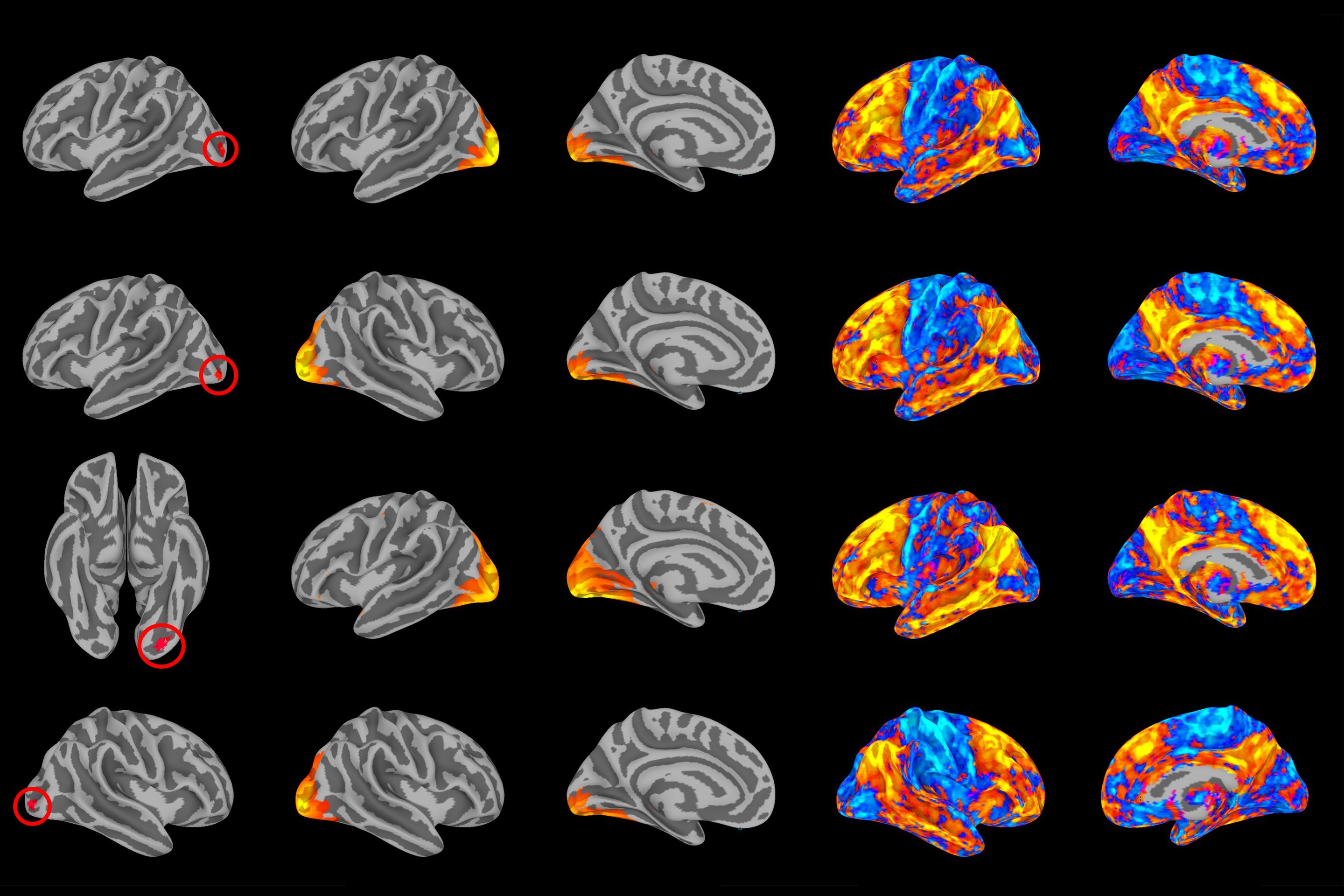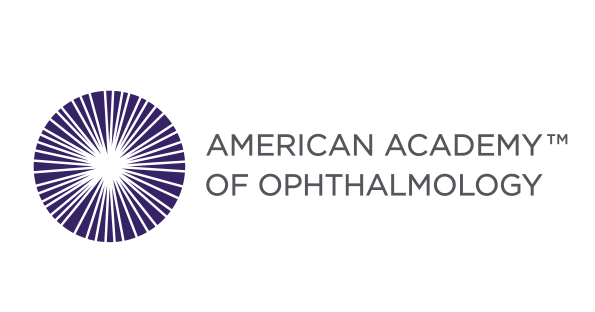Breakdown of brain’s visual networks linked to mental illness
Article by Kara Manke, Duke University: https://medicalxpress.com/news/2018-05-breakdown-brain-visual-networks-linked.html?fbclid=IwAR0ey_T1AbJbqXAjhQQH73xYl6qvQjKMhscGksKVme9IsFHER_RslPp0phE A follow up to the previous post. These research findings are not at all surprising to me. I would also like to add that it is highly likely that these results do not only pertain to a breakdown of those circuits but also to an incomplete initial development…continue reading →







